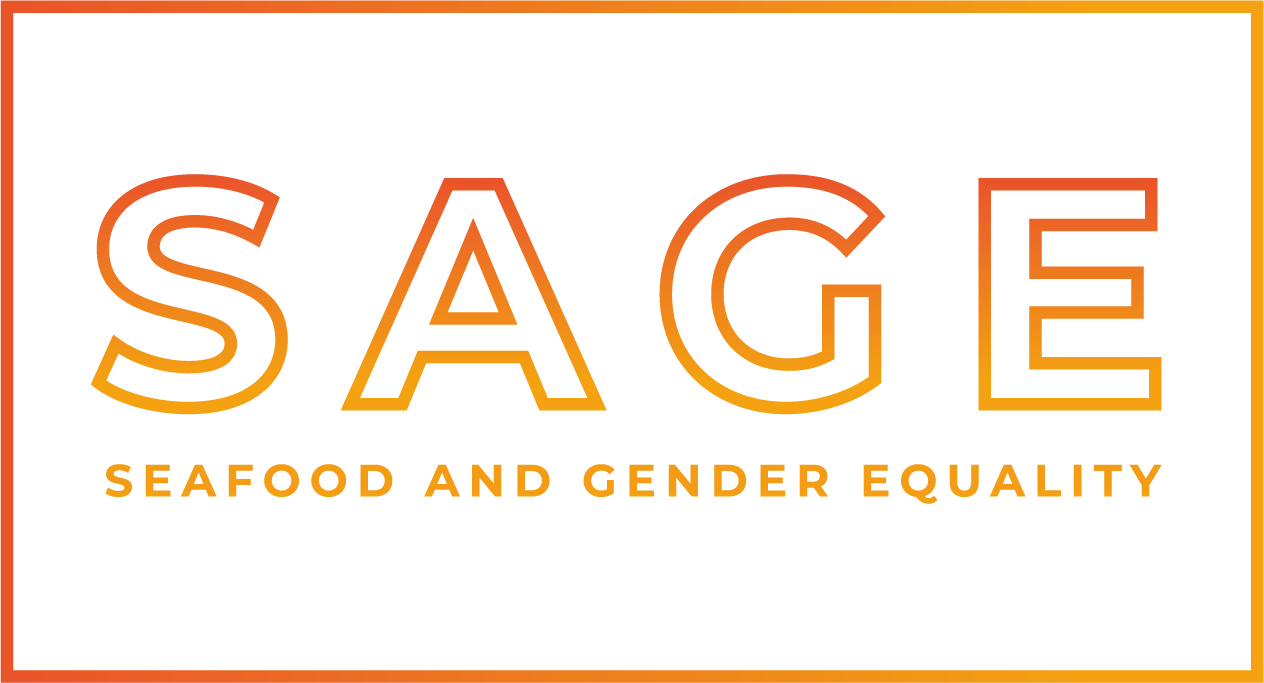
Essentials Hub
This page houses our foundational documents that will guide your participation in the GED. Here, you'll find key frameworks, tools, and resources to support your learning and commitment development.
Employee Life Cycle: A critical reference tool for shaping your gender equality commitments.
Gender Action Framework: This bespoke workbook is designed to support you in developing and measuring actionable internal commitments. The framework is intended to document gender equality goals, align them with our public commitments, track progress, and assess both short and long-term outcomes. The workbook will be discussed and partially completed during GED sessions.
Employee Life Cycle
-
Awareness: Building awareness about the company and its job openings to attract potential candidates. This includes brand management, marketing, and employer reputation.
Analysis: Assess outreach and branding strategy, marketing materials
Action: Build relationships with local trade and vocational schools to diversify the potential employee pipeline, ensure outreach strategy includes gender diverse candidate pools, share a diversity of stories and ensure representation of people of all genders in website and other marketing materials.
Resource: Equaculture podcast: Implementing DE&I in the Employment Life Cycle
-
Awareness: Actively seeking out qualified candidates for open positions through the creation of job postings, candidate screenings, interviewing, and hiring
Analysis: Assess recruiting channels, candidate pools, starting pay, recruitment teams and hiring committees, job postings, office accessibility
Action: Track demographics and set measurable goals for gender representation from all genders in the talent pool, make job postings using gender neutral language, remove gendered job titles, assess the need for certain requirements (ie: educational requirements), conduct a starting pay analysis, build relationships with associations working with women and genderqueer people, diversify recruitment teams and hiring committees.
Resources: The Appcast Gender Report: Impact of Gendered Wording on Candidate Attraction; Monster.com: Six Tips for Inclusive Recruitment Writing
-
Awareness: Hiring qualified candidates and integrating them into the company’s culture, processes, and policies. This includes training, establishing workplace expectations, orientation and introduction to the role and colleagues.
Analysis: Orientation process and training materials, opportunities to connect incoming and longtime employees
Action: Ensure office/ and warehouse spaces are accessible for people of all genders (ie: gender neutral restrooms, accessible menstrual products, etc), assess policies (i.e. around restroom facilities and dress code) to ensure gender neutral language, provide diversity and inclusion training for all new hires including educating employees about the organisation's commitments to gender equality, assess gender representation and diversity in training materials
Resources: USAID Engendering Industries: Communicate company commitment to gender equality, diversity, and inclusion during onboarding; Medium.com: Understanding and Designing an Inclusive Onboarding Experience
-
Awareness: Ongoing support for employees, including professional development, feedback mechanisms, and performance evaluations
Analysis: Mentorship opportunities, conference attendance, professional development usage
Action: Provide employee resource groups, mentorship and sponsorship programs, assess gender bias and implicit bias in performance evaluations, offer caretaking stipend or services to employees to enable caregivers and parents to attend conferences and other professional development opportunities
Resources: IMD: Case studies of companies addressing gender bias in the performance Review Process; Harvard Business Review: Watch Out for These 3 Gender Biases in Performance Reviews; Grieg Seafood: Embracing Diversity
-
Awareness: Strategies that keep employees engaged and motivated to stay and succeed at the company, including compensation, recognition programs, work-life balance initiatives and policies, and succession planning
Analysis: Policies and benefits, retention rates, compensation packages, flex work strategy, provision of childcare, usage rates for parental leave and other policies, succession plan strategy.
Action: Provision of benefits to include fertility and family-building benefits and gender-affirming care, flexible work arrangements to allow for remote work, provision of child care stipend, expand parental leave beyond state compliance; review succession planning process to assess for gender bias
Resources: Boston Consulting Group Report:Why Paid Family Leave is Good Business; Mowi: Gender Pay Report 2023; Hilton Foods UK Limited: Gender Pay Gap Report 2023
-
Awareness: The formal process of ending an employee’s tenure at the company, including exit interviews and retirement and pension packages
Analysis: Exit interviews, retirement contributions, pension plans
Action: Incorporate gender specific questions to the exit interview process, including about employees experiences with gender-related issues in the workplace, analyze exit interview data with a gender lens (i.e.: assessing for gender differences in responses), ensure that retirement and pension contributions consider long-term gendered differences in earning potential (i.e. understanding that women have significantly lower retirement savings than men), offer financial packages and investment programs that recognize and address gender gaps in wealth and financial management.
Resources: AAUW: Women and Retirement; Article: Please leave quietly: 50% of women not asked why they resign
Gender Action Framework
This framework is intended to support GED member companies throughout the process of building internal-facing commitments and action plans. Such planning is an important step to becoming a gender-transformative company. This framework and resulting plans are not intended for public or external use, although companies may choose to share portions of this with other GED members (in accordance with the signed NDA), leadership, and/or employees. It will serve as a workbook to document the process of identifying gender equality goals, aligning those goals with the public-facing commitments, tracking progress, and evaluating short-term and long-term successes and challenges. This workbook will be discussed and partially collaboratively worked through during GED sessions and/or additional guidance sessions.
GED Public Commitments
This document is for reference only—you’ll sign a personalized version before we begin our sessions.
GED Pledge
This document is for reference only—you’ll sign a personalized version before we begin our sessions.
Community Agreements
This document is for reference only—we’ll review these agreements throughout the GED!
NDA
This document is for reference only—you’ll sign a personalized version before we begin our sessions.


